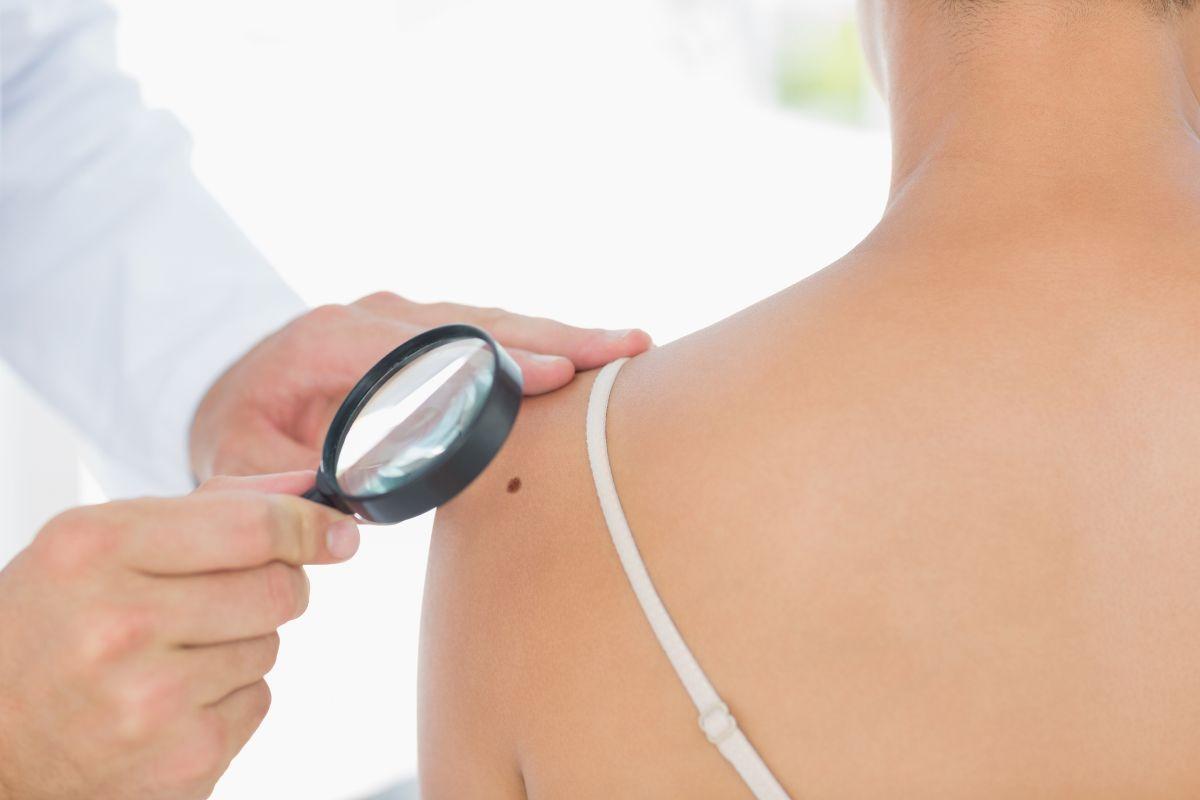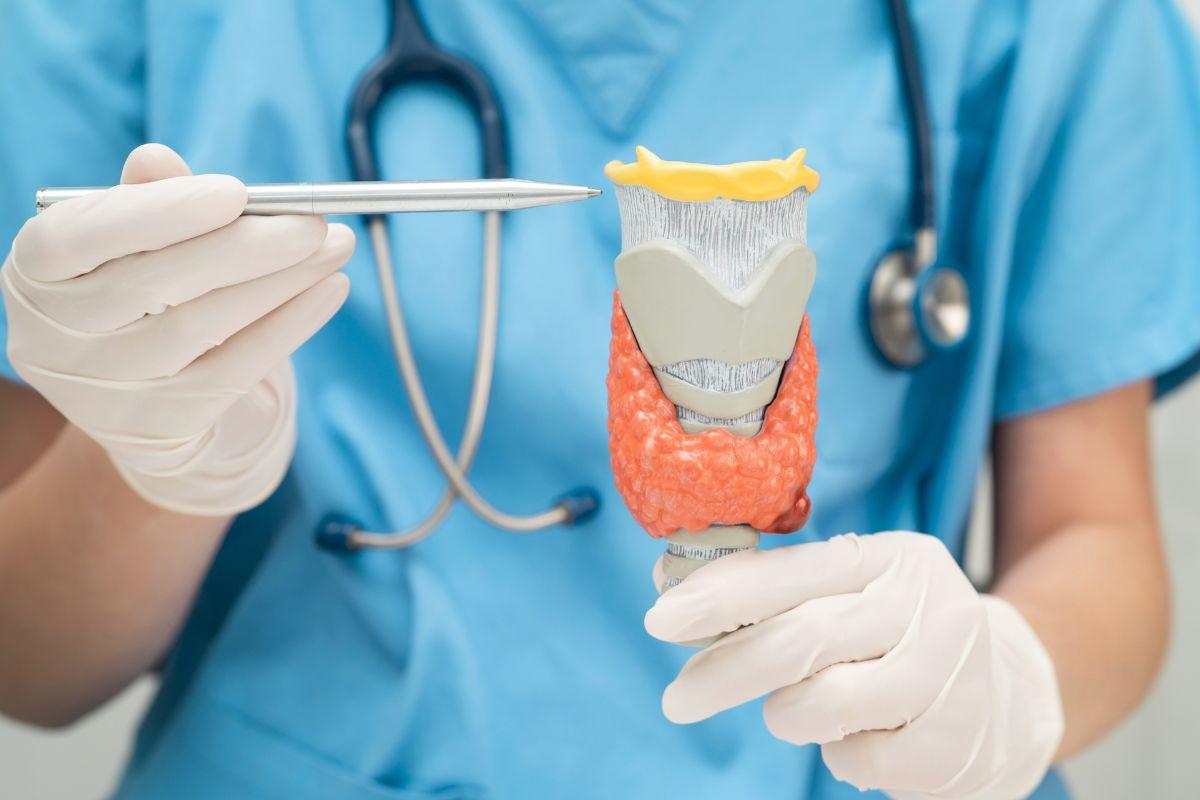Why Early Detection of Melanoma Matters
Noticing a mole that looks different or a new spot on your skin can feel worrying. The reassuring truth is that most skin changes are harmless. But in some cases, these changes can be the first sign of melanoma, the most serious type of skin cancer.
Catching melanoma early makes a huge difference — treatment is far more effective, and outcomes are excellent when it’s found at an early stage.
As Dr Sweta Rai, dermatologist, dermatological surgeon, and cosmetic surgeon at King’s College Hospital and The Harley Street Clinic, explains:
Melanoma detected and removed early is almost always curable. If caught late, there is a much higher chance of the cancer spreading to other parts of the body.
Dr Sweta Rai, Dermatologist
What is melanoma?
Melanoma develops from melanocytes, the cells in our skin that produce pigment (melanin). While it often appears on sun-exposed areas, it can arise anywhere on the body — even places that rarely see sunlight, such as the soles of the feet or under the nails.
In the UK, rates of melanoma have risen faster than almost any other cancer in the last 30 years. That makes awareness and self-checking more important than ever.
The reassuring news is that when melanoma is found early, survival rates are very high — with over 95% of people diagnosed at stage 1 surviving for at least five years.
First signs of melanoma to watch out for
One of the best tools for spotting suspicious moles is the ABCDE rule:
- A – Asymmetry: one half of the mole looks different to the other.
- B – Border: edges are irregular, blurred, or jagged.
- C – Colour: uneven shades of brown, black, red, or other colours.
- D – Diameter: larger than 6mm (about the size of a pencil eraser).
- E – Evolving: any mole that changes in size, shape, or colour, or develops new symptoms like itching or bleeding.
Other warning signs include:
- A sore that doesn’t heal.
- A new dark streak under a nail.
- A mole that looks noticeably different from the rest (known as the “ugly duckling sign”).
How specialists detect melanoma
Dermatologists use several straightforward tests to investigate concerning moles:
- Dermoscopic examination – a special magnifying tool that reveals patterns and colours under the skin surface.
- Total body photography – useful for people with many moles, allowing doctors to track changes over time.
- Biopsy – removing a small tissue sample for laboratory analysis.
These tests are quick, generally painless, and provide the clarity needed for accurate diagnosis.
Risk Factors That Increase the Need for Screening
Certain factors raise the likelihood of developing melanoma, including:
- Fair skin, light eyes, freckles (Fitzpatrick skin type I or II).
- A history of sunburns or chronic sun exposure.
- Frequent tanning bed use.
- Family history of melanoma.
- Having many moles (100+) or atypical moles.
- A weakened immune system.
Treatment After Diagnosis
- Early melanoma is usually treated with surgery to remove the mole, often curative on its own.
- More advanced melanoma may require additional treatments, such as immunotherapy, targeted therapy, or radiotherapy.
Thanks to medical advances, these treatments continue to improve, giving patients more options and better outcomes.
Self-Care and Skin Monitoring
hecking your own skin regularly is one of the best preventative steps you can take.
- Do a monthly self-exam in a well-lit room, using mirrors (or asking a partner) to check areas like your back, scalp, and soles of feet.
- Look out for any mole that fits the ABCDE criteria or just feels “different.”
- Protect your skin every day with sunscreen (SPF 30+ broad spectrum), hats, shade, and protective clothing.
When to See a Dermatologist
You should book a professional skin check if:
- You notice a new or changing mole.
- A mole looks different from others.
- A spot bleeds, doesn’t heal, or causes symptoms like persistent itching.
Having a skin specialist examine your moles once a year can be a vital part of your preventative skin health strategy. Keep looking at your skin once a month and come to see a specialist once a year. Awareness and early action can prolong life and reduce the distress of advanced treatment.
Dr Sweta Rai, Dermatologist
Stay Aware, Stay Protected
The key takeaway is simple: early recognition of melanoma saves lives. By checking your skin regularly and seeking medical advice when something changes, you’re giving yourself the best chance of early, effective treatment.
Find the right specialist for you. Doctify uses verified reviews so you can make the best decision for your healthcare.

Find the best melanoma specialists/ dermatologists in the United Kingdom, or search for trusted experts globally:
- Melanoma specialists in Ireland
- Melanoma specialists in Australia
- Melanoma specialists in the United Arab Emirates
- Melanoma specialists in Germany
Medically Reviewed
Last reviewed on 20/09/2025




